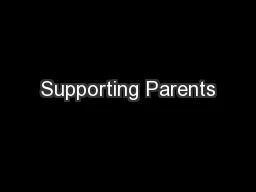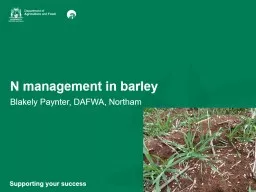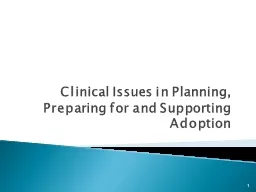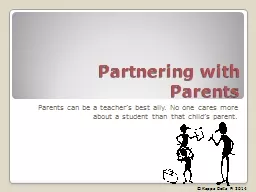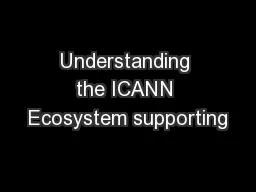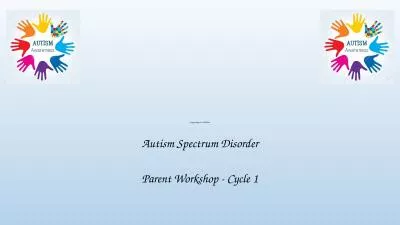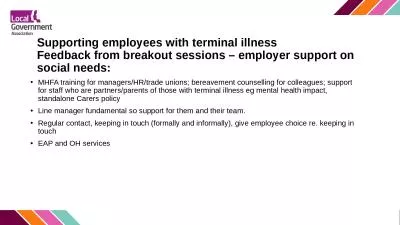PDF-Supporting Parents
Author : conchita-marotz | Published Date : 2016-03-06
Part 1Part 2Part 3Part 4The need for change11Part 5Proposal and further options for change13Part 6Summary of questions for consultation18Annex AThe 1998 Office for
Presentation Embed Code
Download Presentation
Download Presentation The PPT/PDF document "Supporting Parents" is the property of its rightful owner. Permission is granted to download and print the materials on this website for personal, non-commercial use only, and to display it on your personal computer provided you do not modify the materials and that you retain all copyright notices contained in the materials. By downloading content from our website, you accept the terms of this agreement.
Supporting Parents: Transcript
Download Rules Of Document
"Supporting Parents"The content belongs to its owner. You may download and print it for personal use, without modification, and keep all copyright notices. By downloading, you agree to these terms.
Related Documents

